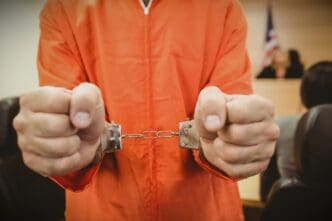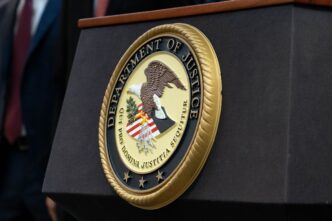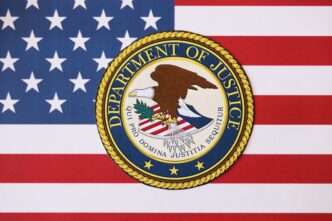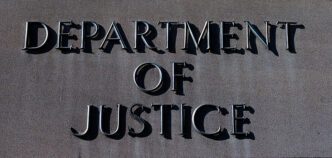A tragic incident unfolded in New York as a tourist helicopter crashed into the Hudson River near lower Manhattan, resulting in the death of all six individuals on board. This unfortunate event is the latest in a series of helicopter-related accidents involving operations around the city over the past years.
Several notable incidents have been recorded:
- In June 2019, a helicopter pilot lost his life after crashing into the roof of a midtown skyscraper due to dense fog. The pilot was not authorized to fly under such limited visibility conditions.
- In May 2019, a helicopter crashed into the Hudson River shortly after takeoff, causing injuries to both the pilot and a dockworker.
- March 2018 witnessed the tragic demise of five passengers when their helicopter plunged into the East River. The charter flight, designed for open-door photography of the city skyline, ended fatally as passengers were unable to free themselves from tight harnesses. This prompted federal authorities to ban “doors off” flights unless equipped with quick-release restraints.
- In August 2009, a mid-air collision between a helicopter and a small plane resulted in the deaths of nine people. Among the victims were five Italian tourists aboard the helicopter.
- Back in April 1997, a crash involving a helicopter in the East River claimed the life of Colgate-Palmolive executive Craig Tate. Four people were on board, with one sustaining severe injuries.
- Additionally, in May 1977, five individuals died when a helicopter blade detached while on a helipad atop a Manhattan skyscraper. Most fatalities occurred when struck by the blade, including a passerby on the street. This incident led to the prohibition of rooftop helipads in Manhattan.
Your World Now
The recent spate of helicopter accidents in New York City underscores the ongoing concerns about the safety of air traffic in densely populated urban areas. As these incidents accumulate, there is mounting pressure on regulatory bodies to enforce stricter safety measures, particularly for recreational and tourist flights. The tragedies highlight the inherent risks of urban helicopter operations and the need for improved protocols to ensure passenger safety.
For residents and visitors of New York City, these incidents may lead to increased scrutiny and potential changes in air traffic regulations. Enhanced safety measures could result in stricter operational guidelines, potentially affecting the availability and nature of tourist helicopter services. Additionally, the incidents may influence public perception and confidence in using such modes of transportation, prompting a reevaluation of safety priorities and emergency response strategies.






